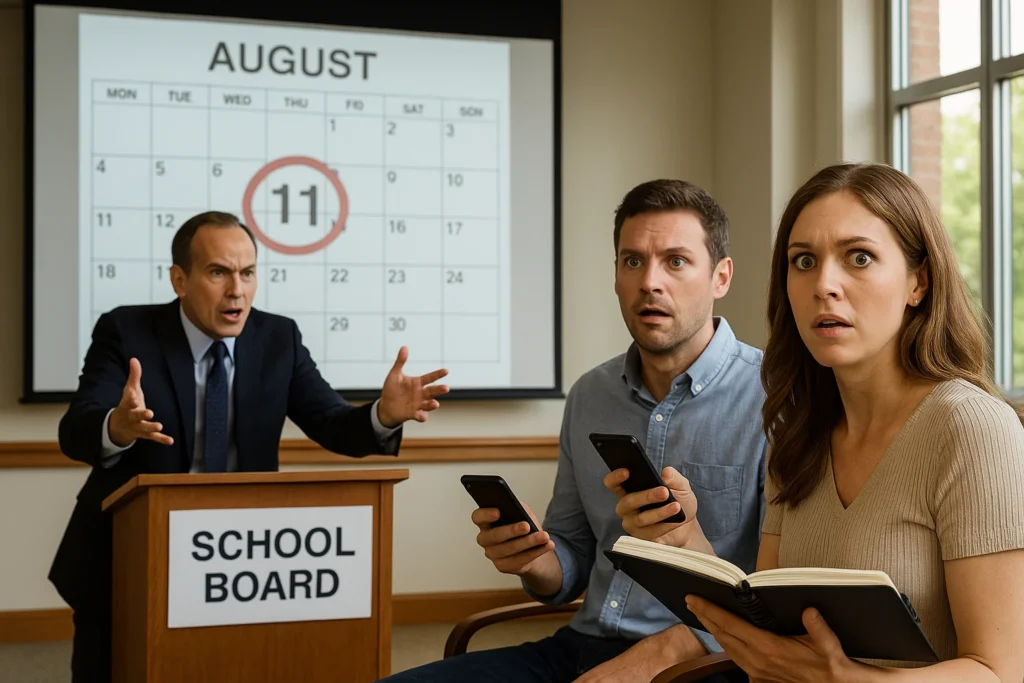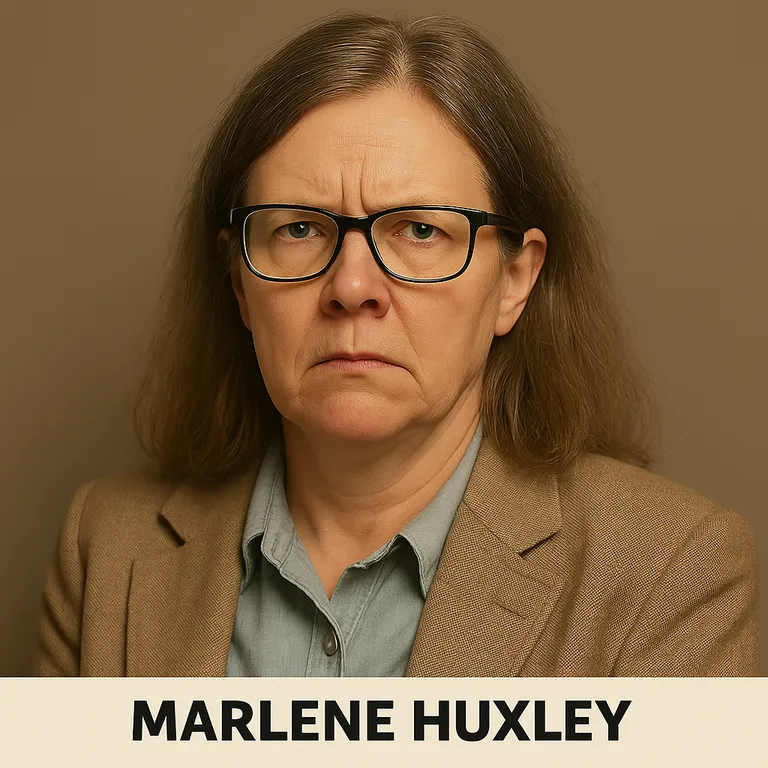The hum of fluorescent lights inside the Kathleen C. Wright Administration Center grew almost thunderous yesterday as Broward County Public Schools unveiled its 2025–26 academic calendar. What began as a routine agenda item detonated into an hours-long scramble for answers, assurances, and airtime. Monday, August 11, 2025 now stands as the opening bell—the earliest first day since 2018—forcing families, athletic leagues, and vacation-hungry resort owners to redraw every personal timeline in real time. “If you think a date on paper is harmless, you’ve never juggled three jobs and a fifth-grader,” declared Fort Lauderdale parent activist Celeste Moranto, clutching a rainbow-highlighted print-out that looked more like a battlefield map than a school schedule.
The 25-Day Shift That Rewires Neighborhood Clocks
At first glance, the approved calendar seems benign: 180 instructional days, standard breaks, five hurricane make-up dates. Yet zoom in and a quiet time bomb ticks beneath each colored square. By starting a full week earlier than last decade’s norm, the district effectively compresses South Florida’s lucrative late-summer tourism window. Hoteliers along Hollywood Beach told Top Coverage News they could collectively lose an estimated $8.1 million. Meanwhile, youth sports leagues must slam gear orders, referee contracts, and field reservations into a new, tighter trench.
“One grilled shrimp festival, one pee-wee football jamboree—gone, just like that,”
lamented Coach R.J. Wilcox, founder of the Broward Lions Youth Athletic Coalition. According to figures published by NBC Miami, the schedule’s karate-chop precision even sets aside specific reporting windows for every quarter, locking teachers into grading sprints that some say resemble “academic hurricane season.”
Behind the Vote: A Rare 7–2 Alignment and the Voices Off-Camera
While the School Board’s 7–2 vote looked orderly on livestream, insiders describe a choreographed high-wire act. Superintendent Dr. Howard Hepburn spent weeks convening advisory councils—from high-school debate champs to cafeteria cashiers—before presenting the chart that would upend an entire county’s rhythm. In a statement to Parkland Talk, Hepburn hailed the community’s input, saying, “This calendar is our promise that learning and well-being can co-exist, even when Mother Nature tosses curveballs.”
“Our phones have not stopped,”
confided Board Vice Chair Linda Greenbaum after the gavel fell, revealing that more than 14,000 emails poured in within 36 hours—many pleading for a mid-August compromise. Notably absent from public view were the district’s operations analysts, who must now resynchronize 1,200 bus routes and 15,000 meal-delivery slots in under eight weeks.
Families, Firms, and Forecast Models Brace for the Fallout
Individual households aren’t the only entities scrambling. The Broward County Emergency Management Division must recalculate storm-season shelter staffing because early August class time means thousands more students indoors during peak tropical activity. Local pediatricians eye a potential uptick in heat-stroke visits as high-humidity athletics begin sooner. Downtown coworking spaces have already logged a 40 percent spike in August reservations from freelancers desperate for quiet after their children’s curtailed summer.
“Calendars are public policy documents—every box is an economic mandate,”
warned Dr. Elias Worthington, professor of urban sociology at FAU. Worthington predicts an “outsized ripple” on part-time employment patterns, with teen hires exiting summer jobs two weeks early, tightening labor at waterfront restaurants during one of their busiest stretches.  Meanwhile, the district’s IT department races to hard-code the new attendance matrix into Skyward before July 1, lest report cards plunge into data purgatory. Whether the compressed calendar becomes a masterstroke of educational optimization or a cautionary case study in civic timekeeping will depend on how swiftly 270,000 students and 30,000 staff can recalibrate their own internal clocks.
Meanwhile, the district’s IT department races to hard-code the new attendance matrix into Skyward before July 1, lest report cards plunge into data purgatory. Whether the compressed calendar becomes a masterstroke of educational optimization or a cautionary case study in civic timekeeping will depend on how swiftly 270,000 students and 30,000 staff can recalibrate their own internal clocks.


